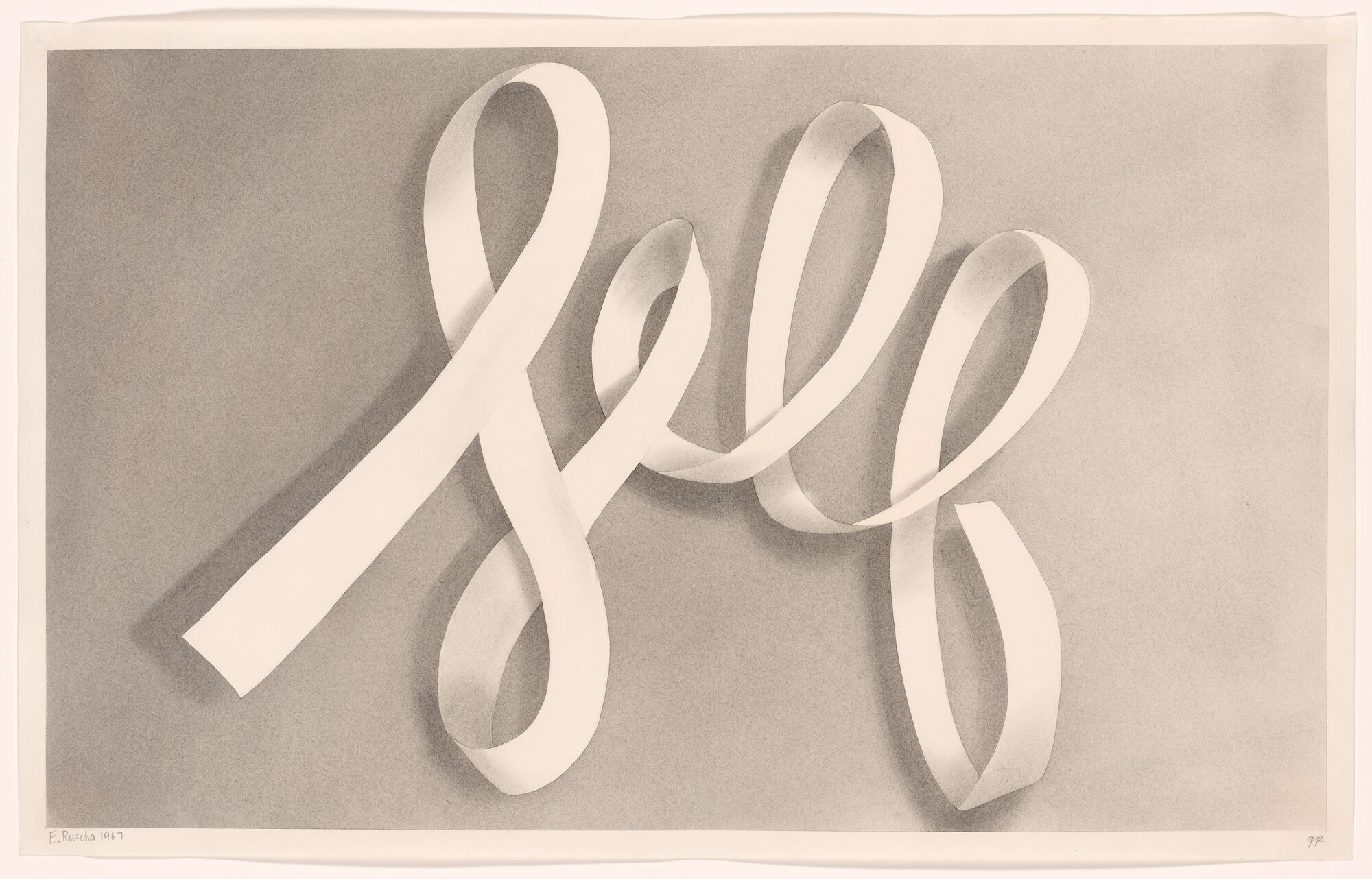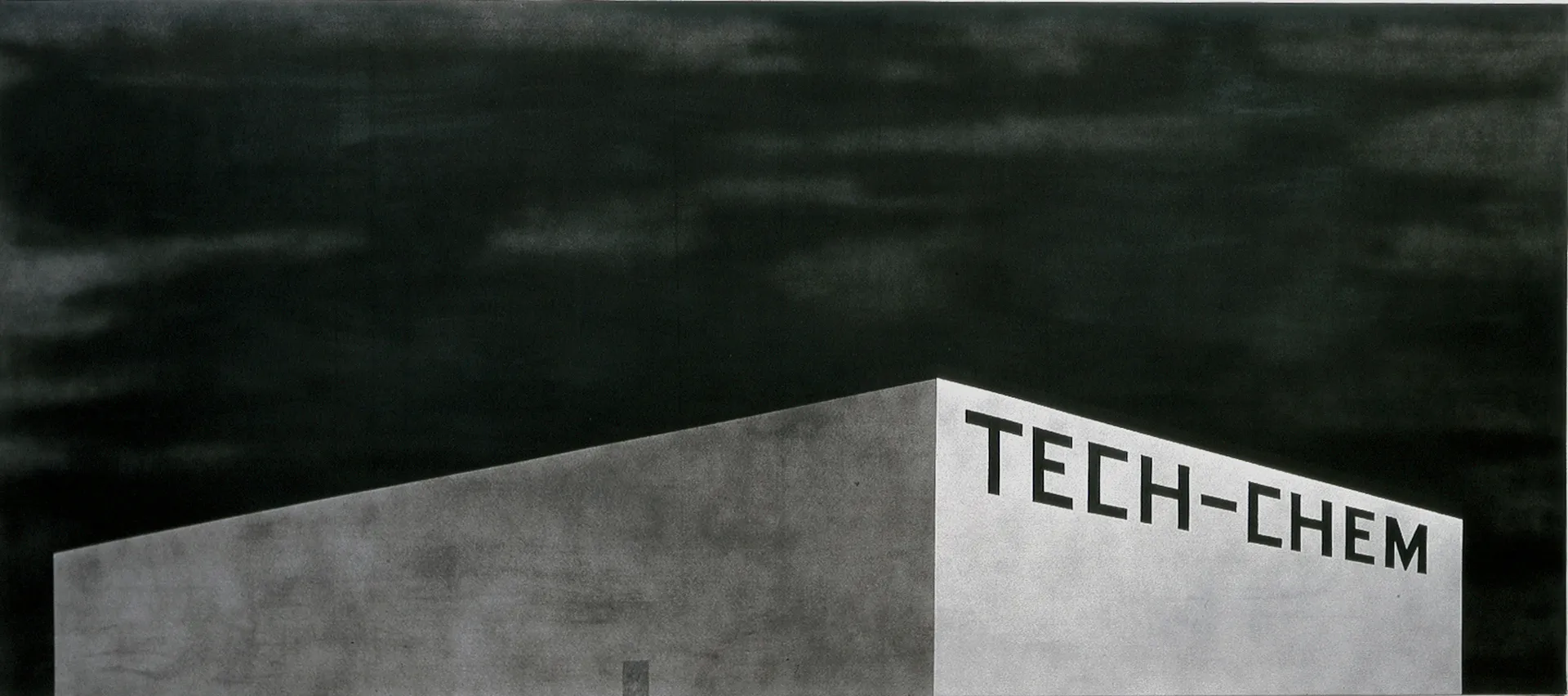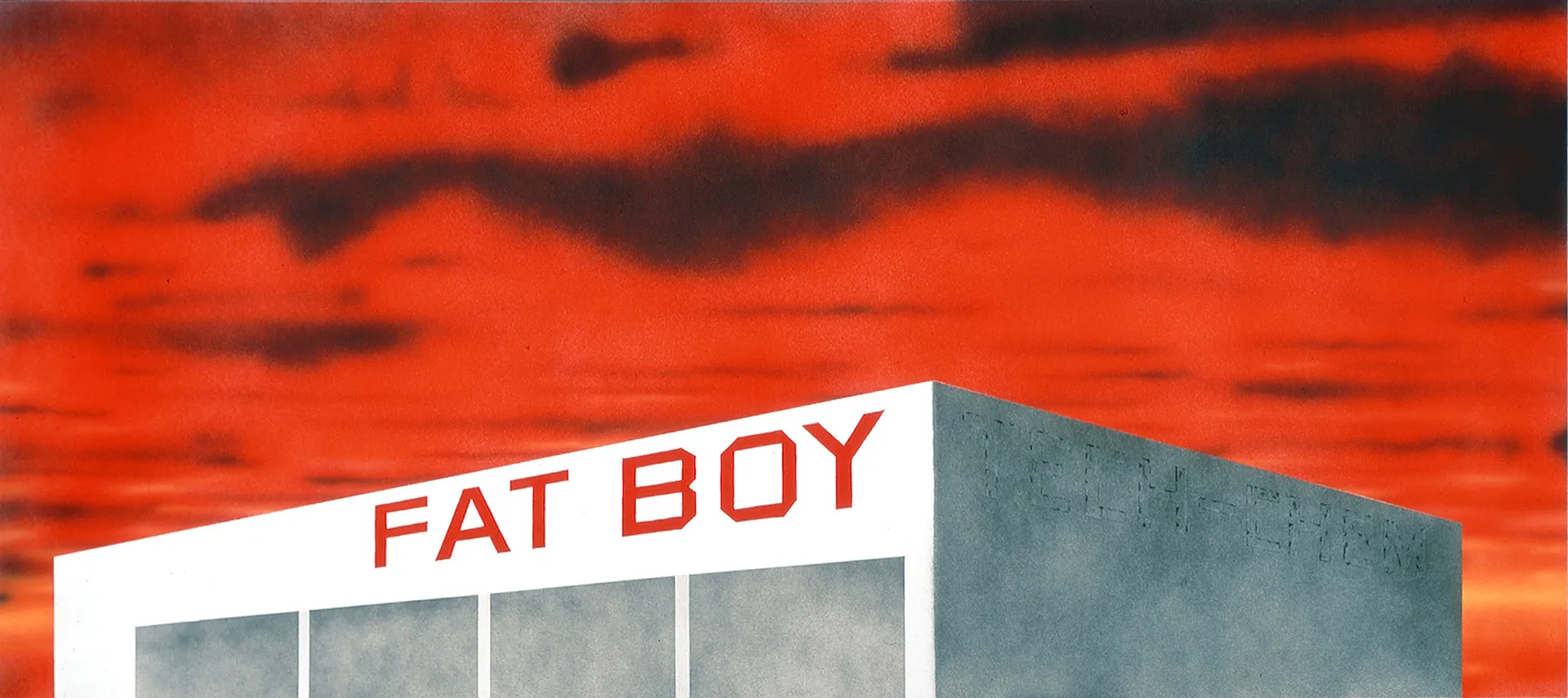During my visit to the MOMA in Midtown Manhattan, I was able to appreciate contemporary expression of art, ingenuity, and innovation. I spent some time exploring The Phillip Johnson Galleries, where I came across Emerging Ecologies: Architecture and the Rise of Environmentalism.
This exhibit was curated in exploration of the ways in which the American architects of the 1960s and 1970s reacted to the environmental challenges of the time, marked by growing worries about escalating pollution and unsustainable resource consumption. Considering buildings contribute to nearly half of the world’s carbon emissions, this curation delves into the extensive activism for the preservation of the natural world through architecture during this period. By charting the imaginative, unconventional, and bold initiatives proposed by architects as environmental concerns gained momentum, the exhibit narrates a distinct architectural history. This narrative spotlights designers who, as environmentalism gained prominence, chose to place the natural world at the core of their professional endeavors.


I found it especially interesting that this exhibit placed weight on the future instead of the past. The curators were able to share their pursuit of “green over gray” by depicting an innovative future that could bring health back to our earth, instead of condemning humanity for what we have already done. While many environmentalists use guilt to inject pathos into their activism, the art displayed in Emerging Ecologies solely proposes a better future, where the environment is placed at the forefront of our forward movements. I find this to be an inspiring form of education for viewers, as the poetic practice of reintegrating humankind with it’s surrounding ecology evokes curiosity of tomorrow’s potential. For this reason, I believe this exhibit is very much worth visiting. It introduces an entirely novel and daring perspective that challenges our traditional views on architecture and innovation. Though very different, the curators are able to picture a world in which humans and nature are able to simultaneously thrive—where one doesn’t have to destroy the other to grow.
I found two pieces in the exhibit that I felt portrayed this notion very well. Gaetano Pesce’s design (left), titled “Church of Solitude Project,” pictures a church built in an excavated lot amid a heavily developed metropolis. Interestingly, Pesce created this piece in response to his experience of New York City, where he felt a lack of serenity and soul. Thus, to design a tranquil space, which he found necessary for self-reflection, he concealed the church beneath an empty lot amidst the towering structures of the city. This quiet sanctuary included compact individual cells, offering an additional escape from the corporate and institutional atmosphere of the urban environment. For Pesce, the excavated landscape represented an underappreciated area capable of meeting the future needs of individuals—one that reconnected a human soul to the placid nature we began with. Pesce used watercolor and graphite pencil to sketch this hypothetical, which I think pays respect to earth and her natural recourses, as the art itself is meant to promote a life closer to ourselves and the natural world. He also captured the city only lightly in the background, creating a feeling of disconnect to the busy world while the focus remains on the isolated church. This contrast in shades and darkness shows how much stronger an earthly foundation could be than the one that stands above it. The photo is also void of bright colors, which highlights the importance of dirt and ground in this structure, as the idea is not about looking appealing or exciting. It is meant to evoke calm, natural feelings in a structure that rejects society’s constant desire to impress and improve at the expense of the earth.
Malcom Wells’ piece (right) titled “Earth-sheltered suburb” also utilized watercolor on paper to share his similar sentiments. The inefficiency of the construction sector was a central focus of his perspective; he exclusively engaged in projects that returned land to nature by incorporating berming (the addition of earth around or on top of a structure) and constructing underground. He also lived what he preached, as he successfully developed nature homes and offices throughout his career, earning recognition as one of the most iconic architects. These designs promote energy efficiency and a reduction in pollution and waste. The idea is to return control of the land to the earth and allow for us to thrive in harmony. Like the rest of the exhibit, Wells’ work demonstrated a departure from traditional architectural norms, challenging conventional ideas about the structural world and bringing to light a potential future. His heavy use of bright green returns the world to it’s initial lively and vivid nature, one that makes our current living state feel rather dull and unnatural. He depicts a society that is still able to function without the extravagant exteriors we’ve built at the expense of nature—one that consists of brown dirt and green grass just as it began.
A walk through this exhibit is able to enlighten a viewer about the potential of environmental movements and a different future. Through art, the curators are able to inspire and share untraditional ideas in an almost scientifically fictional way that pictures a more natural and respected earth.


























